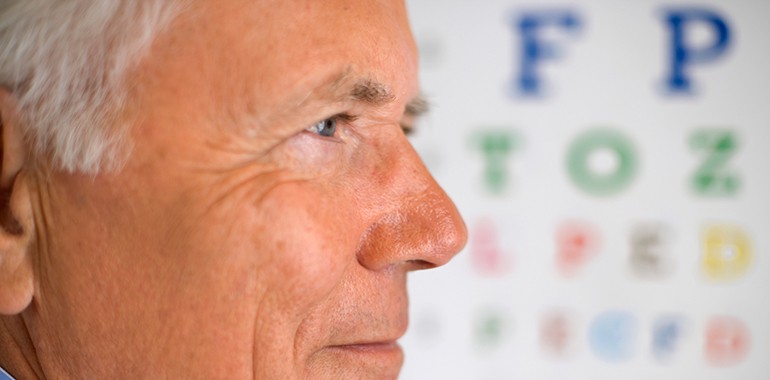Many diabetes sufferers are surprised when their physician recommends an eye examination. Unfortunately, diabetes affects many parts of the body, and vision is no exception. Several eye problems occur more often in people with diabetes, including cataracts, glaucoma and diabetic retinopathy.
Diabetic retinopathy is a particularly serious condition. Diabetic retinopathy is caused when the eye’s blood vessels’ walls are weakened by extended exposure to increased blood glucose. The risk of this condition increases as the length of time of exposure increases.
Also, many eye problems begin development without causing any symptoms. If caught early, many of these conditions are treatable. If let go, however, they can progress to cause loss of vision and blindness. If you are a diabetic, you should make an appointment to see a diabetes eye doctor.
What takes place in a diabetic eye examination?
A diabetic eye examination is much like a typical eye exam. It will take approximately 30 to 45 minutes. The doctor will apply eye drops to dilate, or widen, the pupils. The dilated pupil allows the doctor to easily see into the eye, specifically the back of the eye.
Health History and Current Symptoms
The diabetes eye doctor will take a health history and ask about any current symptoms. The information needed will also include any current medications and a general family medical history. The doctor may also ask questions about hobbies, jobs and sports activities. The doctor will need to know this information because vision is affected by a variety of issues, including medications (even over–the–counter medications), allergies and blood glucose levels.
External Eye Exam
The doctor will perform an external exam. This inspection includes the parts of the eye that are easily seen. The doctor will look at the movement of the eye, the condition and movement of the eyelids, the appearance and condition of the white part of the eyes and will also note how the pupil reacts to light.
Internal Eye Exam
In order to perform an internal eye exam, the doctor will use a slit lamp. This diagnostic tool has a specially designed frame to fit the patient’s face that allows the doctor to accurately align a light and a microscope with the patient’s eyes. The doctor can then see a three–dimensional image of the eye, including the retina and blood vessels at the back of the eye.
Vision Measurements
The doctor will also check the patient’s vision. The patient is asked to read letters on an eye chart while the doctor uses various lens combinations to determine what will give the best vision. The doctor may also perform a retinoscopy to measure the shape of the eyes. For patients that already have corrective lenses, the doctor will measure vision with and without the glasses or contacts.
How often should you be tested?
People that have diabetes should be tested at least every year. Your doctor may suggest that you have an exam more often. A diagnosis of diabetic retinopathy will require frequent eye exams. If the exams continue to be normal, the frequency may be adjusted to allow less frequent examinations. If you are a diabetic in the Dallas area and have not had an eye exam recently, set an appointment with a Dallas eye specialist such as Dr. Marvelli as soon as possible. Call our offices today! 817-346-7333.


